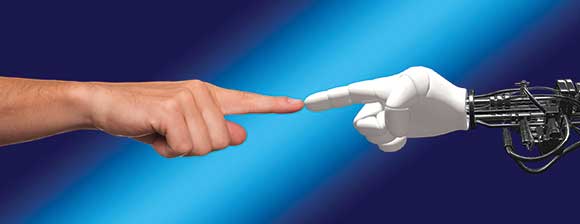

The logistics industry, which is the leading player in the supply chain, is faced with an immense responsibility to ensure seamless movement of materials − all the way from supplier to end customer − where efficiency and security are critical.
Given the exponential growth of e-commerce, which has become the biggest driver for this industry’s growth, it makes sense that this sector needs support from technology to meet its ongoing demands and ongoing security concerns.
As such, locally there has been a significant adoption of artificial intelligence (AI) and automation technologies where the likes of robots are part of the workforce, processes and security operations. However, the reality is that South African adoption is much slower when compared to more developed countries, given that this type of tech is still relatively expensive. And in a struggling economy where tech skills are scarce, consideration for many logistics employers is still job creation and sustainability.

However, we know that crime has always been a challenge – and recently over lockdown there has been a significant increase in organised crime syndicates against warehouses and parked freight vehicles. In a time where businesses simply cannot afford any further losses, given the financial losses already faced by so many businesses currently, layered security has become more essential than ever before to protect their assets.
The beauty of AI in the security sector is that it gives surveillance cameras ‘digital brains’ to match their ‘eyes’, where the technology is able to analyse live video in real-time with no human interaction required. This then becomes a key consideration for business safety, helping first responders to spot crimes and accidents far easier and have a range of scientific and industrial applications based on security requirements. Also, remote oversight allows business security and business owners to gain a secure view of premises, stock and processes via mobile devices, which of course delivers further peace of mind when it comes to operations and security.
During the stricter lockdown period, established logistics players benefited from tech-like robots, giving the business the ability to work without physical/human limitations such as fatigue, while also keeping strict social distancing protocols between the human workforce.
AI and automation are the future of the warehousing space and employees in this sector will either be expected (or upskilled) to take on roles that focus on the oversight and management of these technologies. While a bone of contention for many, given its ability to detect and minimise disruption in the planned flow of materials at various stages – be it through surveillance or operations – AI does minimise supply chain risk. The local logistics industry will undoubtedly see more of this in the future and this technology will continue to play a significant role in the security landscape for these companies.

© Technews Publishing (Pty) Ltd. | All Rights Reserved.